For 2014, I've decided to post a new arrangement to my online store each month - free! Feel free to share and perform with school ensembles, bands you play with, or just to read through.
January's arrangement is an octet arrangement of Antonio Carlos Jobim's great piece "Triste".
Vist: https://nickfinzer.storenvy.com to download today! After February 1st it won't be free...! Let me know what you think about it by dropping me a line at nick@nickfinzermusic.com or leaving a note on my FB page.
Here's some more about this month's arrangement:
Difficulty: Intermediate
Instrumentation:
Alto Saxophone
Tenor Saxophone
Trumpet
Trombone
Guitar
Piano
Bass
Drums
Description:
This octet arrangement of Antonio Carlos Jobim’s “Triste" was originally written for the Jazz Standard Youth Orchestra in New York City for one of their weekly performances. This arrangement features the lead voice as the trumpet, with solos for any instrument, and a shout chorus that trades with the drummer. This arrangement includes full score plus eight parts, provided in .PDF format.
Performance Notes:
This tune is in the traditional Bossa Nova style from Brazil made popular first in New York by jazz musicians like Stan Getz. Be sure to check out some of the original recordings that feature the composer Antonio Carlos Jobim on piano (both instrumental and vocal versions). The intro layers in starting with the rhythm section and then adds in the horns.This intro should grow gradually into the first opening statement of the melody at letter B. Each repeat should be played twice (i.e. as written). The form of the song is all of letter B,C, and D (the form of the sections is ABAC with a tag), the first time is the statement of the melody and then opens up into solos. Each part has chord changes, so anyone who wants to can improvise! Measure 43 is cued after solos are finished (marked “After Solos”), ensemble should play strong to send off each drum solo section. At the conclusion of letter F (end of measure 76) D.S. back to letter C (measure 9). Play letter C as before for the recapitulation of the melody, and go directly to the CODA at the end of measure 40. The Coda should be played as written, with diminuendo. The last chord should come in strong, drums be sure to set it up. Be sure to attend to the detail of phrasing each ensemble passage together, minding articulations and making a dynamic statement with each phrase!
Hope you enjoy this arrangement! Questions? Email Nick at nick@nickfinzermusic.com
Want help with this? Contact Nick to schedule a consultation or in person session - nick@nickfinzermusic.com
For more arrangements visit Nick’s online store at www.nickfinzermusic.com
January's arrangement is an octet arrangement of Antonio Carlos Jobim's great piece "Triste".
Vist: https://nickfinzer.storenvy.com to download today! After February 1st it won't be free...! Let me know what you think about it by dropping me a line at nick@nickfinzermusic.com or leaving a note on my FB page.
Here's some more about this month's arrangement:
Difficulty: Intermediate
Instrumentation:
Alto Saxophone
Tenor Saxophone
Trumpet
Trombone
Guitar
Piano
Bass
Drums
Description:
This octet arrangement of Antonio Carlos Jobim’s “Triste" was originally written for the Jazz Standard Youth Orchestra in New York City for one of their weekly performances. This arrangement features the lead voice as the trumpet, with solos for any instrument, and a shout chorus that trades with the drummer. This arrangement includes full score plus eight parts, provided in .PDF format.
Performance Notes:
This tune is in the traditional Bossa Nova style from Brazil made popular first in New York by jazz musicians like Stan Getz. Be sure to check out some of the original recordings that feature the composer Antonio Carlos Jobim on piano (both instrumental and vocal versions). The intro layers in starting with the rhythm section and then adds in the horns.This intro should grow gradually into the first opening statement of the melody at letter B. Each repeat should be played twice (i.e. as written). The form of the song is all of letter B,C, and D (the form of the sections is ABAC with a tag), the first time is the statement of the melody and then opens up into solos. Each part has chord changes, so anyone who wants to can improvise! Measure 43 is cued after solos are finished (marked “After Solos”), ensemble should play strong to send off each drum solo section. At the conclusion of letter F (end of measure 76) D.S. back to letter C (measure 9). Play letter C as before for the recapitulation of the melody, and go directly to the CODA at the end of measure 40. The Coda should be played as written, with diminuendo. The last chord should come in strong, drums be sure to set it up. Be sure to attend to the detail of phrasing each ensemble passage together, minding articulations and making a dynamic statement with each phrase!
Hope you enjoy this arrangement! Questions? Email Nick at nick@nickfinzermusic.com
Want help with this? Contact Nick to schedule a consultation or in person session - nick@nickfinzermusic.com
For more arrangements visit Nick’s online store at www.nickfinzermusic.com
